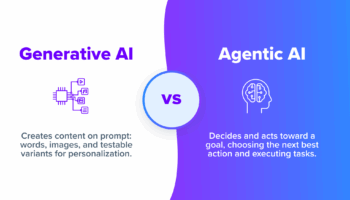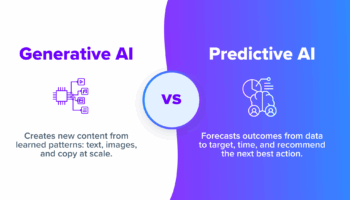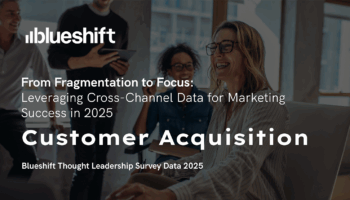Seventy-seven percent of marketers believe that real-time personalization is crucial, yet sixty percent struggle to personalize content in real time.
Personalizing content in the form of giving the right recommendations for each user, scheduling the content based on each user’s behavior, and then selecting the right communication channel require processing large amounts of data to understand customer preferences at a personal level. This strategy is accomplished most effectively and efficiently using artificial intelligence (AI) systems.
AI systems process large streams of data in real time and develop models that understand customer intents and preferences. For instance, AI can be used to score users on their likelihood to churn or purchase in the near term. It can understand a customer’s propensity toward various categories, balance content freshness with popularity, and recommend the next best content or product for every customer. It can also interpret the data to understand the optimal time and channel to engage each customer.
Here are the top five practical AI techniques for improving customer ROI:



